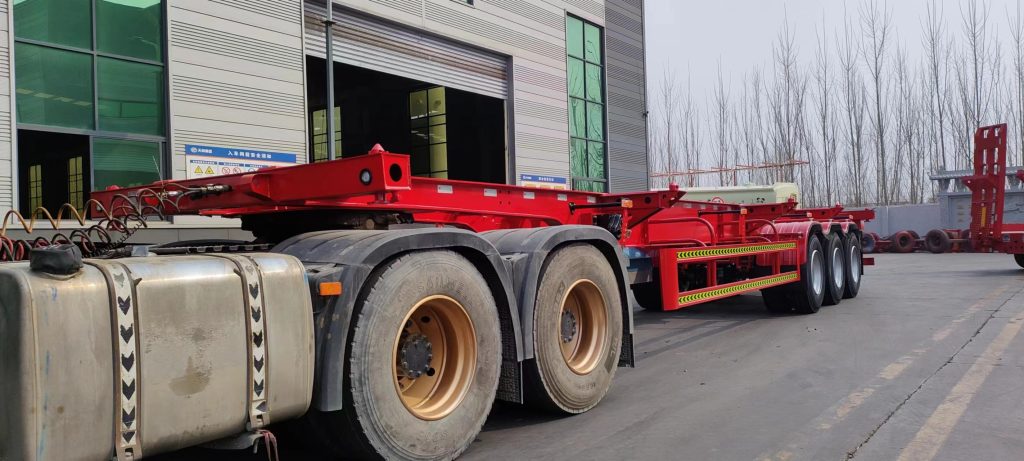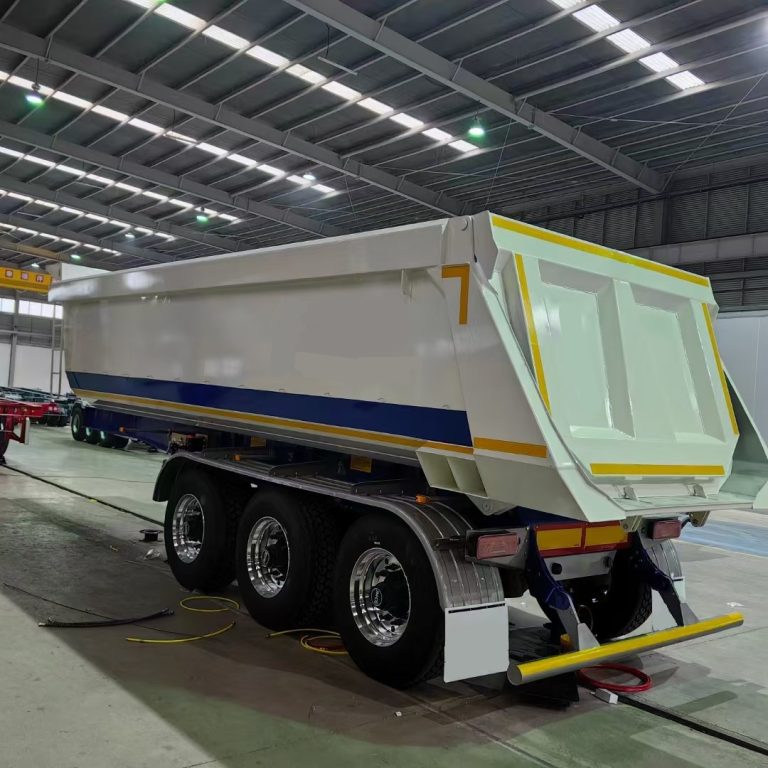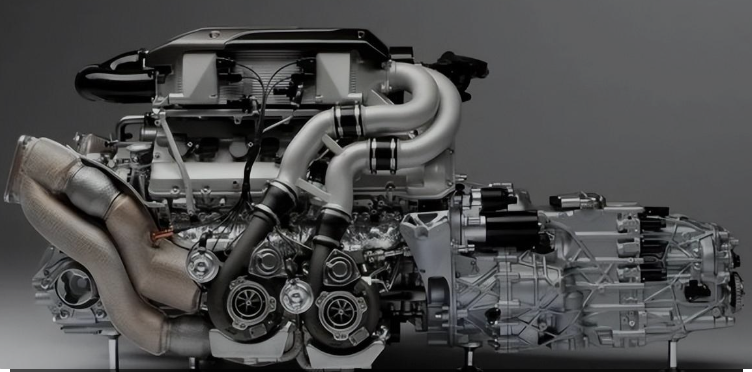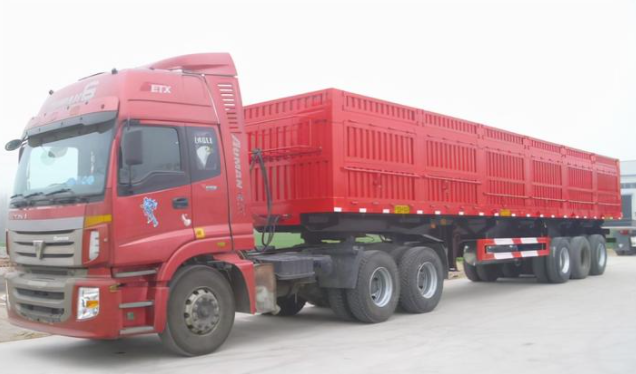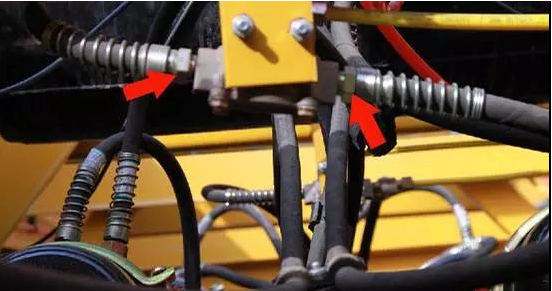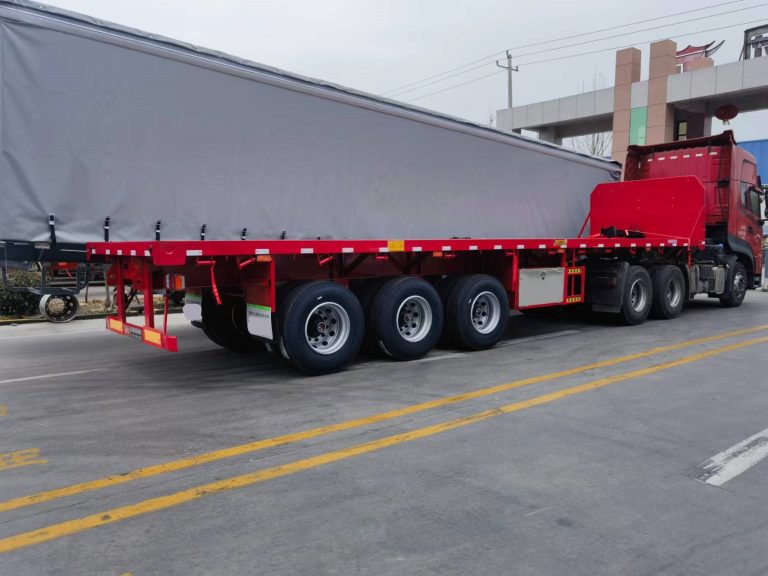Choosing the right tires for your lowbed semi-trailer involves considering several factors to ensure safety, performance, and longevity. Here are some key points to help you make the right choice:
- Application-Specific Tires: It’s crucial to determine the exact application your trailer will perform and match that with specific tire products and features best-suited to handle those needs . Different tires are constructed to handle different challenges, so understanding the specific requirements of your lowbed semi-trailer’s use is essential.
- Tire Size: Start by looking at the tire size you currently have on the trailer equipment. This will be your baseline for exploring other features that separate one tire from the next .
- Load-Carrying Requirements: Consider the specific load-carrying requirements of your semi-trailer. Tires must be able to handle the weight and distribution of the load they will carry .
- Weather Conditions and Environmental Issues: Tires should be suitable for the weather conditions and environmental issues you expect to encounter. For instance, if you frequently operate in wet conditions, tires with good hydroplaning resistance might be necessary .
- Fuel Efficiency: Look for tires with low rolling resistance, as this can improve fuel economy. The EPA’s SmartWay Verification Program evaluates the ability of low rolling resistance tires to reduce resistance and improve fuel economy for Class 8 tractor-trailers .
- Durability: Trailer tires should have a durable casing because they are often retreaded more than any other wheel position . This can extend the life of your tires and reduce costs in the long run.
- Safety Features: Consider the safety features of the tires, such as their resistance to punctures and blowouts. Tubeless tires, for example, are considered safer in terms of road safety as they slowly leak air when punctured, unlike tubed tires which may blow out immediately .
- Maintenance and Accessibility: Trailer tires, especially those located on the inside of dual wheel assemblies, can be harder to access for maintenance. Choose tires that are easy to maintain and inspect .
- Performance: Consider the performance of the tires, including their ability to handle heavy loads and provide stability on rough roads. Tubeless tires, while lighter and potentially more fuel-efficient, may not withstand large loads as well as tubed tires and can be less stable on rough roads .
- Cost: While cost should not be the only factor, it is important to consider the total cost of ownership, including the initial cost, maintenance, and longevity of the tires.
By considering these factors, you can select the right tires for your lowbed semi-trailer that will provide the best combination of safety, performance, and cost-effectiveness.
